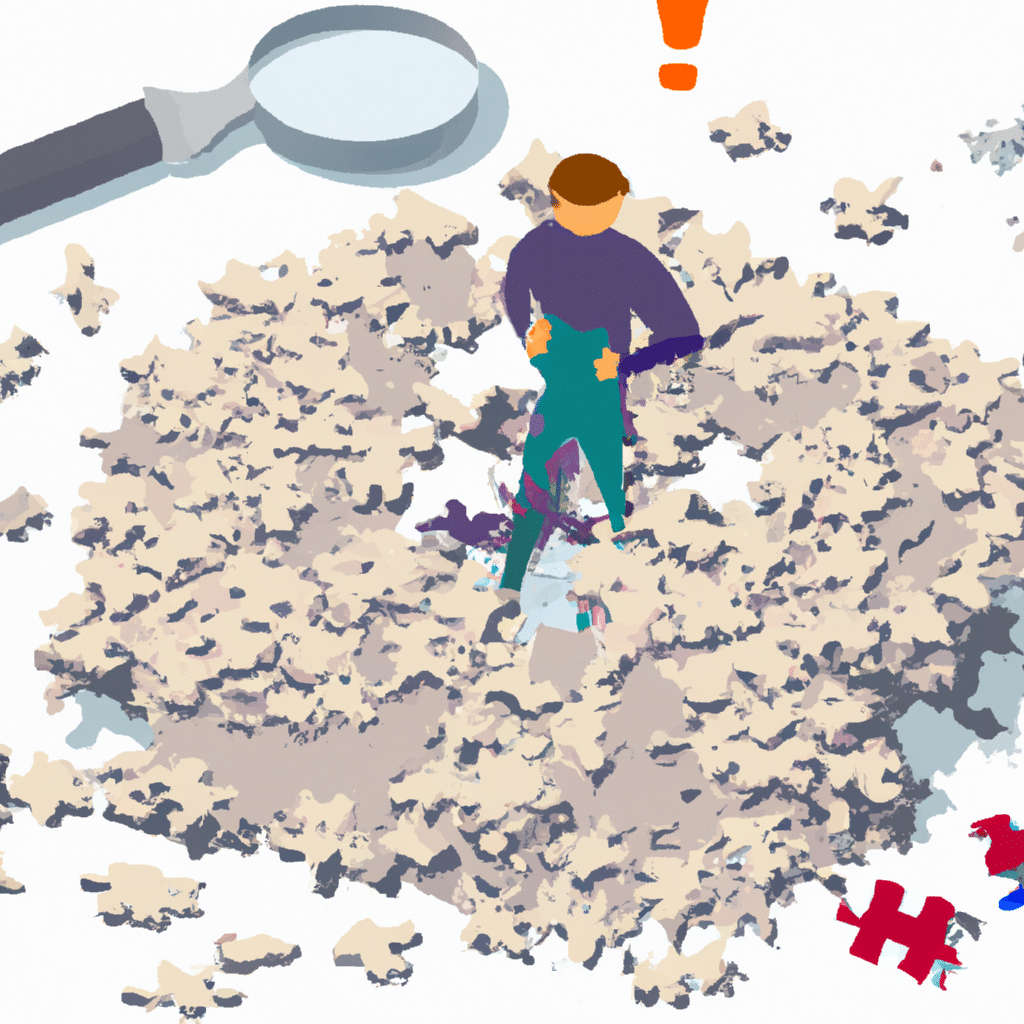Disasters can strike at any time and in any form. From natural disasters like earthquakes, hurricanes, and floods, to human-made disasters like cyber attacks, power outages, and equipment failures, businesses must be prepared to face any kind of crisis. A disaster recovery plan is a crucial part of any business continuity plan. It outlines the steps that need to be taken to recover from a disaster and resume normal operations as quickly as possible. In this article, we will discuss how to create a disaster recovery plan for your business that will help you keep your business up and running in the event of a disaster.

Step 1: Identify Potential Disasters
The first step in creating a disaster recovery plan is to identify the potential disasters that your business may face. This includes natural disasters, cyber attacks, power outages, equipment failures, and any other potential threats to your business operations. Once you have identified the potential disasters, you need to assess the impact they could have on your business. This will help you prioritize which disasters to prepare for and how to allocate resources accordingly.
Step 2: Develop a Recovery Strategy
The next step is to develop a recovery strategy for each potential disaster. This involves identifying the critical systems and processes that need to be restored first, as well as the resources and personnel required to do so. You should also determine the recovery time objective (RTO) for each system and process. The RTO is the maximum amount of time that each system or process can be down before it starts to impact your business operations.
Step 3: Create a Communication Plan
Communication is key during a disaster. You need to have a clear and concise communication plan in place to ensure that everyone is on the same page and knows what to do in case of an emergency. This includes identifying who will be responsible for communicating with employees, customers, vendors, and other stakeholders, as well as the methods and channels of communication that will be used.
Step 4: Test Your Plan
Once you have developed your disaster recovery plan, it is essential to test it regularly to ensure that it works as intended. Testing will help you identify any weaknesses or gaps in your plan and allow you to make the necessary adjustments before a disaster occurs. You should also provide training to your employees on what to do in case of a disaster and how to execute the plan.
Step 5: Review and Update Your Plan
Your disaster recovery plan should be a living document that is reviewed and updated regularly. As your business evolves, so do the potential threats and risks. It is important to keep your plan up-to-date to ensure that it remains effective in protecting your business operations.
Conclusion
Creating a disaster recovery plan is essential for any business that wants to be prepared for the unexpected. By following these steps, you can develop a comprehensive plan that will help you keep your business up and running in the event of a disaster. Remember to identify potential disasters, develop a recovery strategy, create a communication plan, test your plan, and review and update it regularly. With a well-designed disaster recovery plan, you can minimize the impact of a disaster on your business and ensure its continuity.












